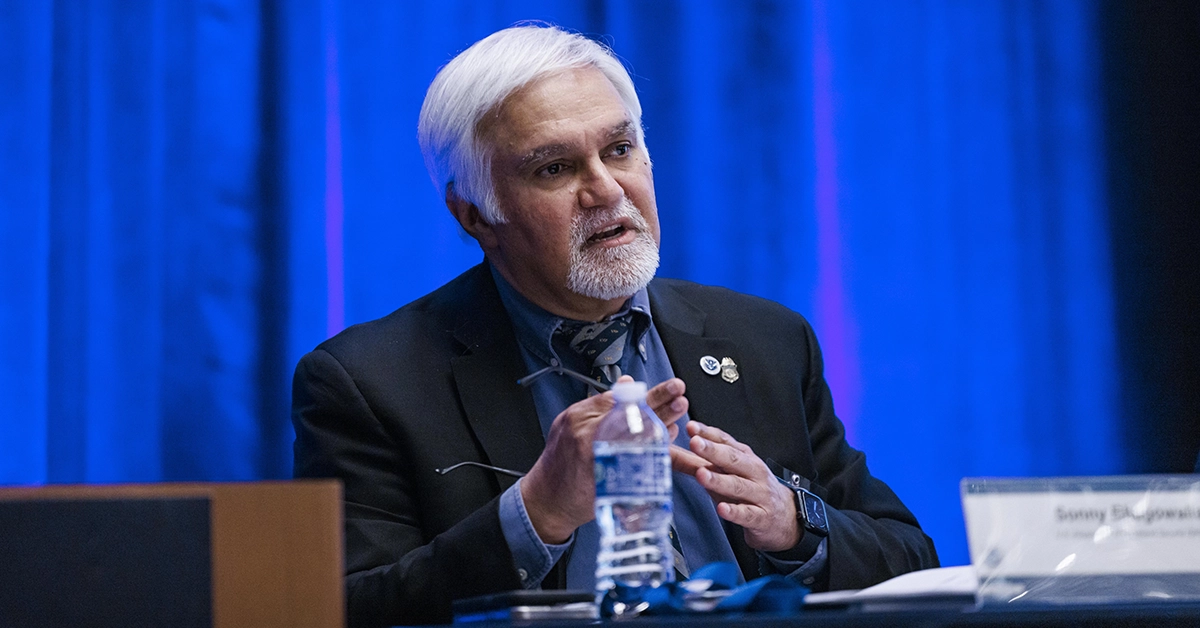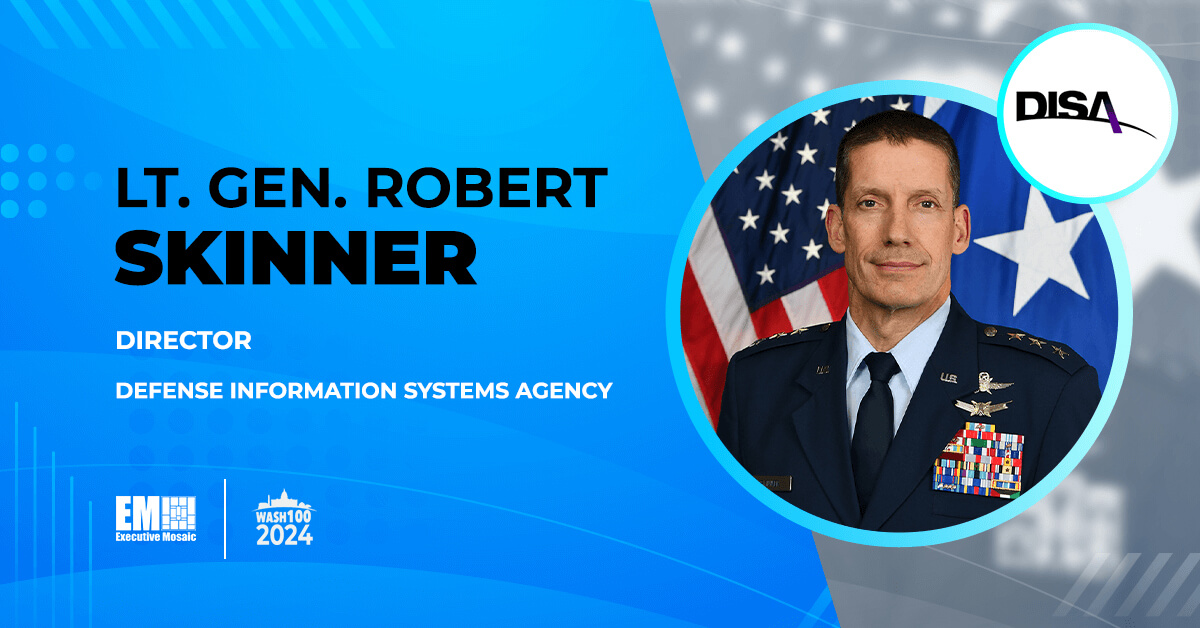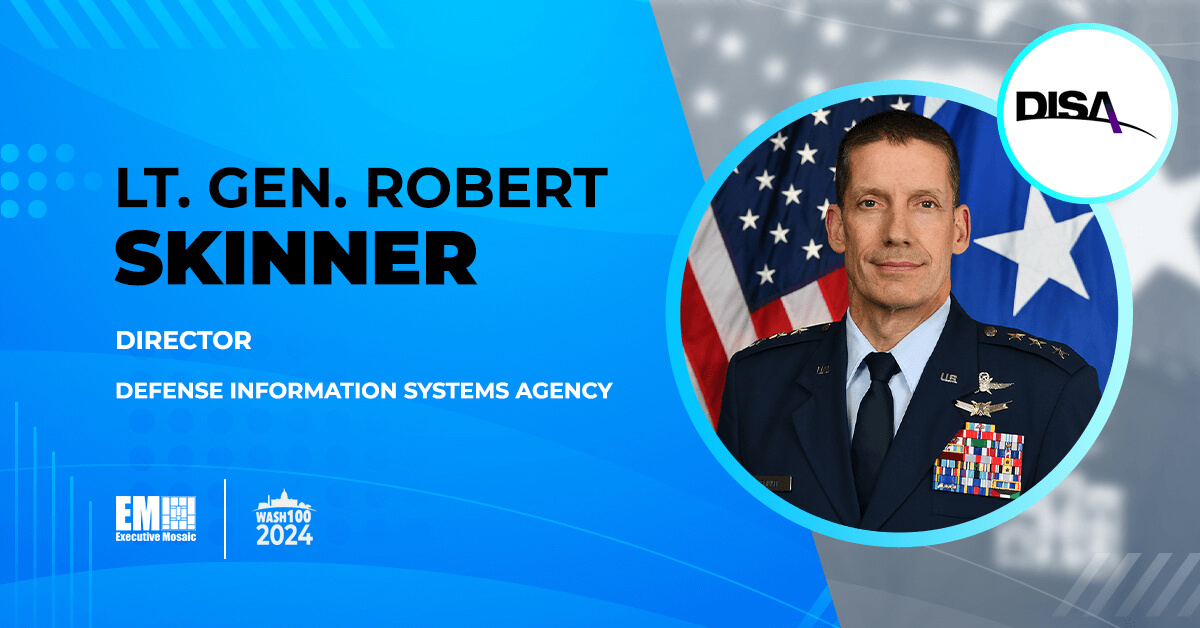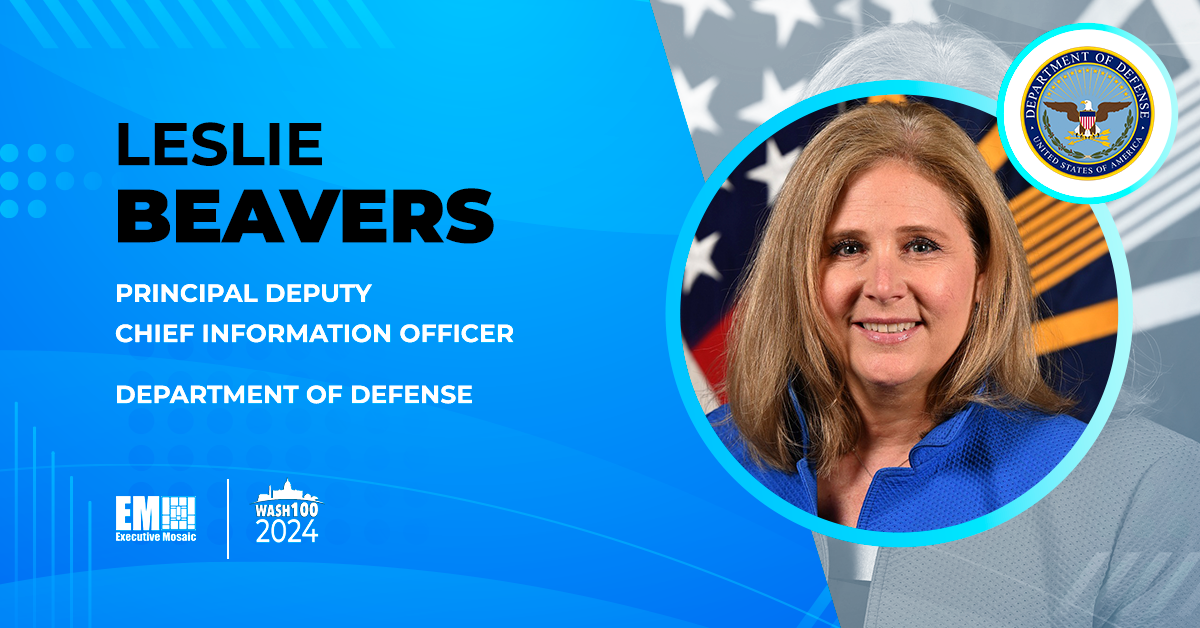Like many government agencies, the Department of Homeland Security’s U.S. Customs and Border Protection manages petabytes of data flowing through it every day. They perform an estimated 50 billion data exchanges and 10 billion transactions daily. This also means there are roughly 100 million cyber attack attempts per day on their network, according to CBP Chief Information Officer and 2024 Wash100 Award winner Sonny Bhagowalia. “Other than that, everything’s great,” Bhagowalia dryly joked at the Potomac Officers Club’s CIO Summit on Wednesday.
Join colleagues at the top government contracting companies and federal agencies as they come together to discuss the cyber realm at the Potomac Officers Club’s June 6 Cyber Summit. Register now to save a seat and hear from notable names like the DOD’s David McKeown and ManTech’s Chris Cleary, among many others.
Participating in a panel discussion about leveraging generative artificial intelligence to modernize information technology infrastructure, Bhagowalia was exceedingly cautious about utilizing AI for law enforcement purposes.

He said that the current hallucination rate — or the amount of times a large language model will generate falsehoods based on incorrect data — stands at around 20 percent. It needs to be much lower for CBP to take it seriously as a viable route for decision support. Currently, Bhagowalia says he commands 240 teams that perform agile software development, who he encourages to embed with agents and officers in the field so they can observe the practical use and needs of the tech they’re working on.
Language translation is another promising utility of genAI, Bhagowalia said, but also one that leaves room for improvement in its current state. Sharing that he speaks four languages fluently, the CBP CIO said he was able to confuse a commercial AI program by using colloquial phrases. (Commercial off-the-shelf AI in general is tough to align with government procedures in general, he noted.)
“We are looking for more reliable systems,” Bhagowalia stated, though he also said he feared that sometimes the government deals in “solutions in search of problems as opposed to solutions in response to problems.”
Fellow panelist Michael Chappell, CIO of the U.S. Army’s Program Executive Office for Enterprise Information Systems, was much more optimistic about genAI’s integration.
“We see it everywhere, permeating every layer of our onion, from kind of the back office, to how we’re working, to the systems, applications and capabilities that we’re building for the soldiers,” Chappell shared.

“AI is outperforming humans, and just needs a check and balance system that gets built. I think there’s a lot of promise in everything we see. I would love to get AI to care about its ‘children’ and progeny as new models get developed from old models over time,” he continued.
Chappell went on to discuss how human values and discernment need to be applied into the models “that help feed and support us and the data sets that get and aggregate and evaluate these models.” These values could include security and patriotism, and this would mean that users could “trust faster” and the applications would enable informed decision-making.
From the standpoint of industry, panelist Sujit Mohanty, technical general manager and vice president of field engineering at Databricks, understands this line of thinking and is working to help the government and military make it a reality. To do so, he said there are three focus areas to be mindful of: building on open standards while being cognizant of governance; governance and risk; and being able to maintain a fast feedback loop, or be fast, be agile.
The panel was moderated by Guidehouse’s Robert McNamara.

AI will undoubtedly come up at the Potomac Officers Club’s next big event: the 2024 Cyber Summit on June 6. Don’t miss out on this excellent collection of speakers and participants, who will push past the obvious points to uncover what you need to know about the future of cybersecurity. Register here!







